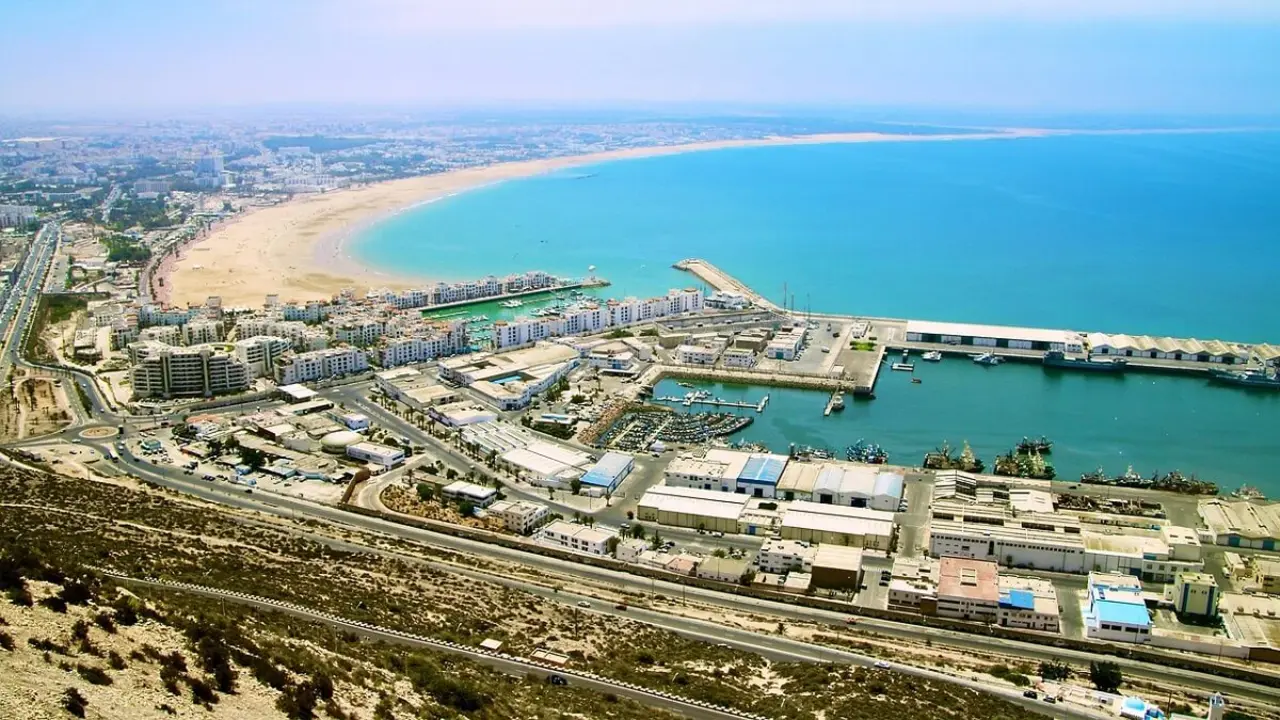What would BRICS expansion mean for emerging markets?

As emerging markets recover from the COVID-19 pandemic and face financial headwinds due to interest rate hikes in the US, the BRICS group – Brazil, Russia, India, China and South Africa – is looking to expand its membership to tackle shared challenges.
At the 14th BRICS Summit held in July, China, Russia and India discussed the potential entry of Egypt, Saudi Arabia and Turkey, which are reportedly preparing applications.
This announcement came after the disclosure in June that Iran and Argentina had already applied with support from China. In addition, international media has reported that Algeria, Bangladesh, Indonesia, Mexico, Nigeria, Sudan, Syria, Pakistan and Venezuela have expressed interest in joining the organisation.

An online meeting hosted by China in May of potential BRICS+ applicants included the foreign ministers of Argentina, Egypt, Indonesia, Kazakhstan, Nigeria, the UAE, Saudi Arabia, Senegal and Thailand.
It is unclear who will join and when, as there is no formal process for welcoming new members, and any expansion would likely take place in piecemeal fashion. However, BRICS expansion could offer emerging markets the opportunity to build new economic synergies.
Coined in 2001 as a term to describe a group of high-potential emerging markets, BRICS have become central drivers of the world economy. As of December 2021, they accounted for 40% of the world’s population, 25% of nominal GDP at $16trn, 30% of land mass and 18% of total trade flows, while holding a combined $4trn in foreign exchange.

Russia’s invasion of Ukraine and Western sanctions are galvanising China and Russia to attempt to switch from the US dollar as a form of exchange and increase bilateral trade, especially in the all-important hydrocarbons sector.
Since March trade volume in the Chinese yuan and Russian ruble has grown. Yuan-ruble transactions in currency markets hit a daily record high in late July at $1.2bn, outpacing euro-ruble trading volumes, while Russia purchased $6.7bn in goods from China that month.
The surge in Russia buying yuan-denominated goods has also been driven by the continued strength of the ruble, buoyed by high prices for hydrocarbons.
China’s imports of Russian crude oil reached a record high in May, up 55% year-on-year (y-o-y). However, the spot price of Russian oil was roughly 29% lower than before Russia’s invasion of Ukraine, according to estimates by Reuters. Moreover, Russia has had to offer a $10-per-barrel discount compared to Middle East suppliers such as Saudi Arabia to attract customers.

Moreover, Russia has had to offer a $10-per-barrel discount compared to Middle East suppliers such as Saudi Arabia to attract customers.
Russia is also reportedly looking to buy the yuan, India’s rupee and Turkey’s lira as reserves for its sovereign wealth fund, as these currencies have weakened, and Russia’s energy sales have surged.
India’s trade with Russia has also grown, punctuated by rising imports of oil. In April India imported 25,000 barrels per day (bpd), but this figure increased to 600,000 bpd in both May and June.
In July India’s central bank announced a plan that it would allow domestic importers to buy goods in rupees, which will then be credited to an account held by the exporting country, most ostensibly to enable smoother transactions with Russia.
More recently, in early August Reuters reported that Turkey also agreed to bolster cooperation with Russia by purchasing its gas imports in rubles.

China and India now account for over 40% of Russia’s total crude oil exports, whereas last July this figure was roughly 21.7%. While noteworthy, Russian dependence on the two countries could create new challenges, and there are already signs that this cooperation has reached its limit as imports declined in June and July.
The recent upswing in trade between the ruble, yuan and other emerging market currencies ultimately may signify a long-term trend, but a shift away from the US dollar is not imminent.
The US dollar accounted for 58.8% of global government currency reserves at the end of June 2022, down from 59.4% y-o-y, according to the IMF. More tellingly, 88% of currency trades in 2019 involved the US dollar, according to a Triennial Central Bank Survey conducted in December 2019.

Reflective of the potential that enhanced unity and trade among emerging markets can facilitate economic growth, calls for the expansion of the BRICS began in 2013 and received renewed impetus when China was president of the grouping in 2017. However, these initiatives have failed to gain traction.
Critics argue that this current push for BRICS expansion is driven by China’s intent to gain a larger footprint in the global economy, as it is once again president of the grouping. Whereas Russia and South Africa support expansion, Brazil and India have shown little enthusiasm.
Nevertheless, the urgency of solving global challenges of food security and climate change may outweigh such concerns and encourage cohesion among prospective BRICS members.

Concerns about global food security could prompt existing and new BRICS members to create a food exchange including members’ major exports such as Argentine corn, Indian rice and wheat, Russian barley and sunflower oil, Chinese grain and cotton, and Brazilian soybeans. Such an exchange could later include other emerging markets’ agriculture products.
Food importers such as Saudi Arabia could then gain greater food security, while opening the door to higher volumes of energy sales. In March the Saudi Agricultural and Livestock Investment Company, a wholly owned subsidiary of the Kingdom’s Public Investment Fund, acquired a 35% share in Olam Agri, a leading global supplier of grains, oilseeds, rice and animal feed.
An increase in cooperation in green energy could also have significant effects on the global fight against climate change. The percentage of electricity produced from renewable sources in BRICS countries rose from 19% in 2010 to 37% in 2020.

As countries transition away from fossil fuels to cleaner sources of energy, there are numerous opportunities for BRICS countries to increase cross-border trade in electricity and seaborne trade in hydrogen.
The New Development Bank, created by the BRICS in 2014, began prioritising investment in renewable energy projects – including $811m in 2016 – but has suffered from a lack of transparency in recent years. Still, the establishment of the BRICS Energy Research Platform in 2018 and the publication of a roadmap for energy cooperation in 2020 demonstrate that the grouping has the institutional capacity for an expansion in this domain.








